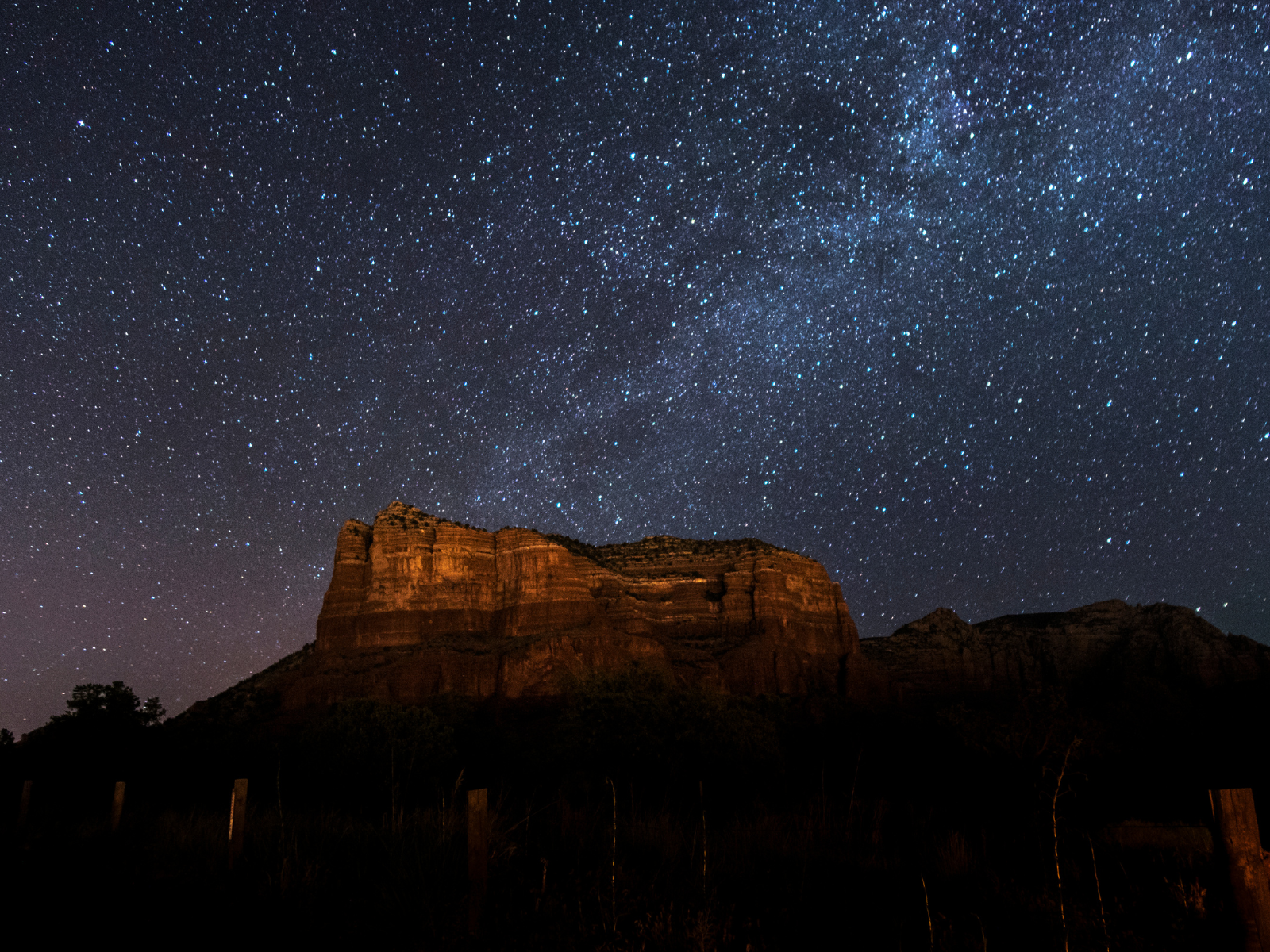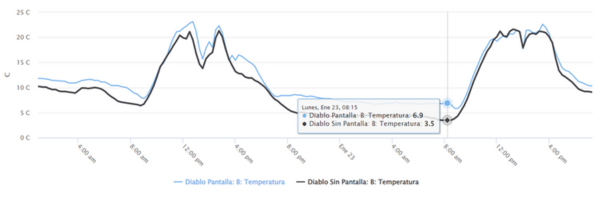The science can seem weird, but if you're growing in a hot climate then outer space is beaming up your crop's growing potential while you sleep
The trials Svensson is currently carrying out in Almeria test a simple, but powerful, and at times strange, hypothesis.
Can we increase crop production and quality in a traditional greenhouse by reducing night-time heat loss, while letting in as much of the best growing light as possible by day?
The answer has involved looking again at the shade cloth employed, the cycle of the daytime growing, and meant taking a stand about the strong benefits of installing movable screens.
If you’re growing crops in one of the world’s warmer regions, you would be forgiven for thinking that you’ve been blessed by the climate gods.
You’re unlikely to use heating pipes. You may have considered a full high-tech design and concluded "why should I bother"?
You've probably got a point about that, but there may be a more profitable middle path. You see, the night sky is deceptive.
Yes, the onset of dusk removes the sun’s warmth and light. But something else goes on.
In 1991, soldiers taking part in the so-called first Gulf War, baked under daytime temperatures in the mid-forties Celsius. Yet they awoke from a night’s sleep to find frost on their sleeping bags.
Radiative heat loss is the culprit and, for growers, it’s not just a curious climatic phenomenon. Radiative heat loss surreptitiously steals vital production kilos and raises the risk of crop infection and lack-luster growth.
Our grower’s guide, Thief in the night, delves into the science, but what about the impact radiative heat loss can have?
In preliminary results of an ongoing trial in Almeria, a side-by-side greenhouse test found that when a traditional greenhouse was fitted with movable Harmony 3845 screens, it lost significantly less of its heat to the night sky.

Through night-time heat loss, a crop will give up its warmth (energy) to the nearest cold surface. And on a clear night, the greenhouse roof will emit its own warmth as long wave energy to the open cosmos
On the night of January 23, for example, with the winter entering its coldest period, the screened house was as much as 3.4 deg C warmer than the unscreened greenhouse.
Early data from the current trial in Almeria after a third of the trial period.
- 39% more fruit per plant
- 18% increase in fruit weight
- A whole degree of Brix sweetness
- 16% taller plants
- 42% more fowers per plant

The night of January 23, 2023. The winter is entering its coldest period and the difference between the two greenhouses will increase as winter deepens. Already, the Harmony screens are keeping night-time temperatures as much as 3.4°C higher (the blue line illustrated above).
Svensson’s consulting team in the region say the results confirm earlier findings using a Luxous 1547 D FR energy screen, but are significant because one would also expect superior daytime performance from the lighter, diffusing Harmony screen. That's because it lets in and diffuses a lot of light.
“It’s important to understand that strictly speaking the screen isn’t sealing in warm air, as we might expect an energy screen to do,” says Nelson Perez, Svensson Climate Consultant in Almeria.
“In this case, it’s preventing the crop from radiating its warmth – a process where a greenhouse roof with a temperature of, say, 17 degrees C, must shed its energy to the nearest cooler object,” says Perez. “Under a clear, starry sky, that cooler object is which has a temperature close to absolute zero (or -273 deg C).”
His colleague, Svensson Climate Consultant, Francisco Usero, oversaw the study and says that even the initial results showed a reduction in flower and fruit abortion: “What we’re seeing is that with the improved night-time temperatures the crop will produce consistently,” he says.
With a third of the trial period complete, Usero says that production volumes were up by about half a kilo per square meter, which he thinks is consistent with a full-trial result of more than 3kg per square meter.
To learn more about night-time heat loss and the ongoing trials in Almeria, download the guide Thief in the night.
